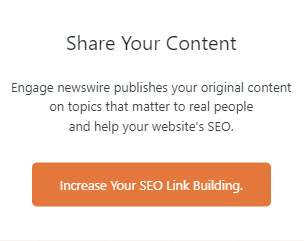The importance of refined, strategic approaches to outbound lead generation cannot be overstated in the rapidly evolving technology sector landscape. As companies vie for attention in a saturated market, reaching and genuinely engaging potential leads has become a cornerstone of successful B2B marketing. Central to this endeavor is adopting advanced segmentation strategies. This methodology promises to revolutionize B2B outbound lead generation for technology sector businesses by offering prospective clients a more personalized, targeted, and efficient route.
Understanding Advanced Segmentation
At its core, advanced segmentation is about dissecting your market into smaller, more defined segments based on various criteria, including but not limited to industry, company size, decision-maker roles, and specific business needs or challenges. The aim is to move beyond basic demographic information to a more nuanced understanding of potential clients. This depth of insight is precious in the technology sector, where the diversity of needs and solutions is vast. Companies can tailor their outreach efforts by implementing sophisticated segmentation strategies to resonate deeply with each segment’s unique concerns and interests.
Leveraging Data for Precision
The foundation of any advanced segmentation strategy is data. The more detailed and comprehensive your data, the more precise your segmentation will be. For businesses in the B2B outbound lead generation for technology sector, this means investing in high-quality data collection and analysis tools. Leveraging big data analytics, AI, and machine learning can uncover patterns and trends that human analysis might miss, allowing for creating particular segments. With these tools, companies can predict which prospects are most likely to convert, understand the buying journey of different segments, and craft messages that speak directly to their needs.
Personalization at Scale
The true power of advanced segmentation lies in its ability to facilitate personalization at scale. In the context of B2B outbound lead generation for the technology sector, this means crafting outreach messages that feel personal and relevant to each recipient without the impracticality of crafting hundreds or thousands of individual messages. By understanding each segment’s specific characteristics and needs, companies can develop tailored messages that feel personal to the recipients, significantly increasing the likelihood of engagement and conversion.
Challenges and Considerations
While the benefits of advanced segmentation are clear, there are challenges to consider. The most significant is the investment in time and resources required to collect, analyze, and act on the data. Furthermore, as the technology sector is rapidly evolving, so too are the needs and behaviors of its players, requiring ongoing analysis and segment adjustment.
In conclusion, adopting advanced segmentation strategies is the key to unlocking new levels of efficiency and effectiveness in B2B outbound lead generation for technology sector companies. By allowing businesses to understand and engage their potential clients with unprecedented precision, these strategies offer a pathway to improved lead generation outcomes and enhanced customer satisfaction and loyalty. As the competition in the technology sector intensifies, the ability to reach and meaningfully connect with potential clients will increasingly become a source of competitive advantage.





